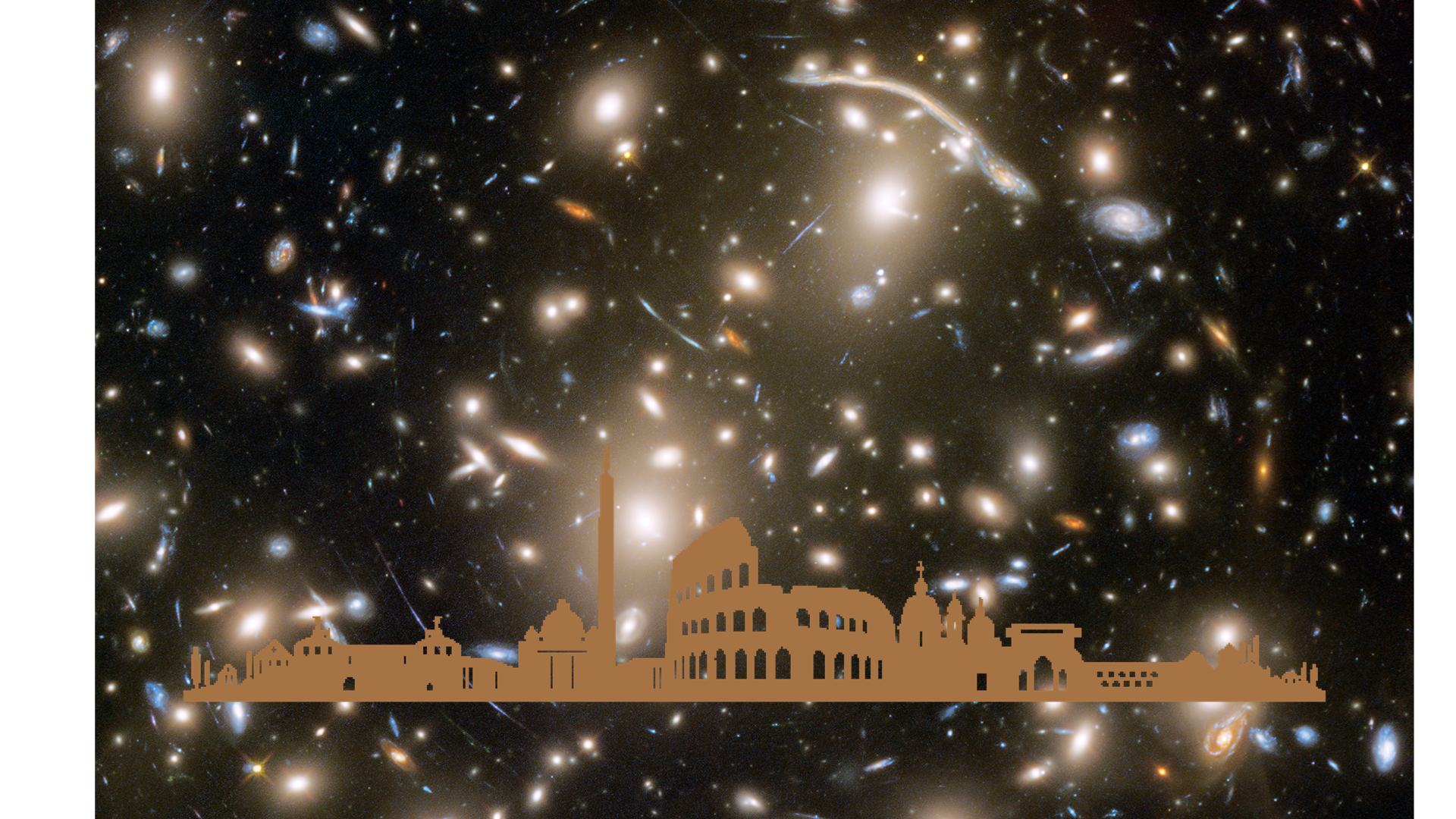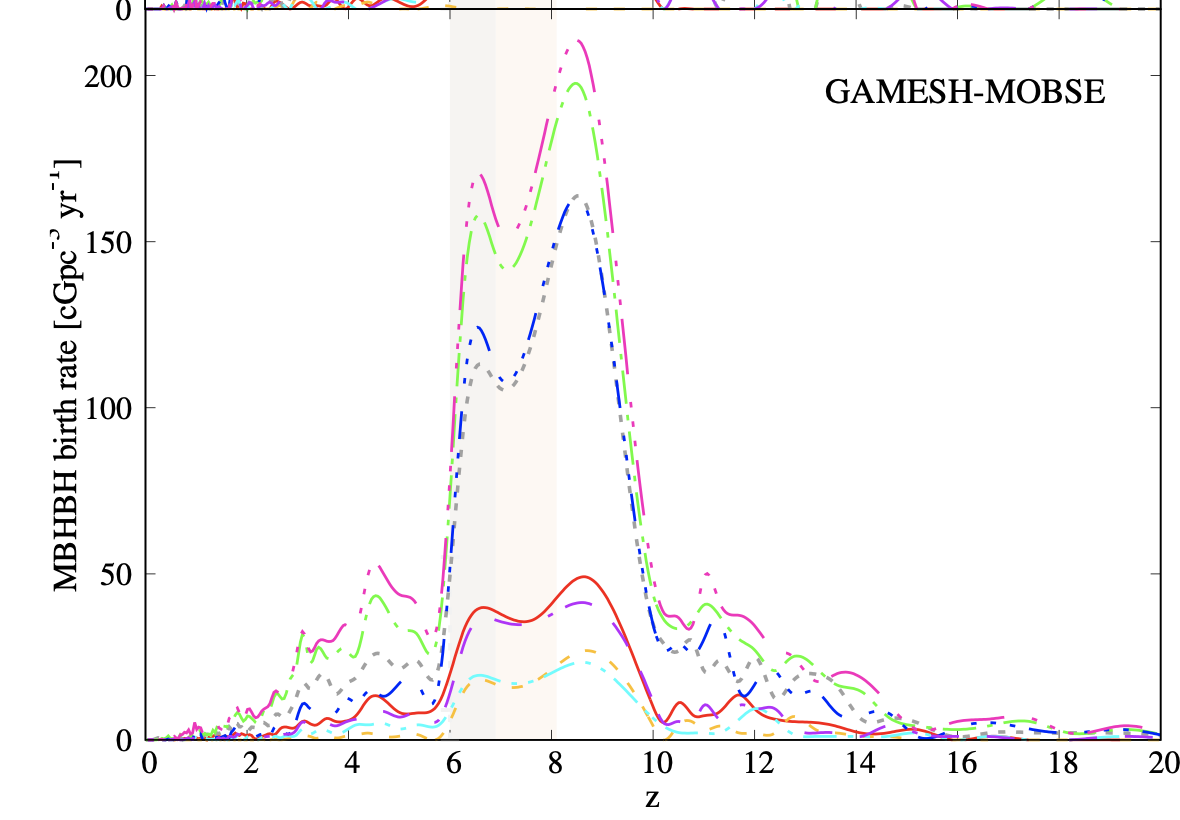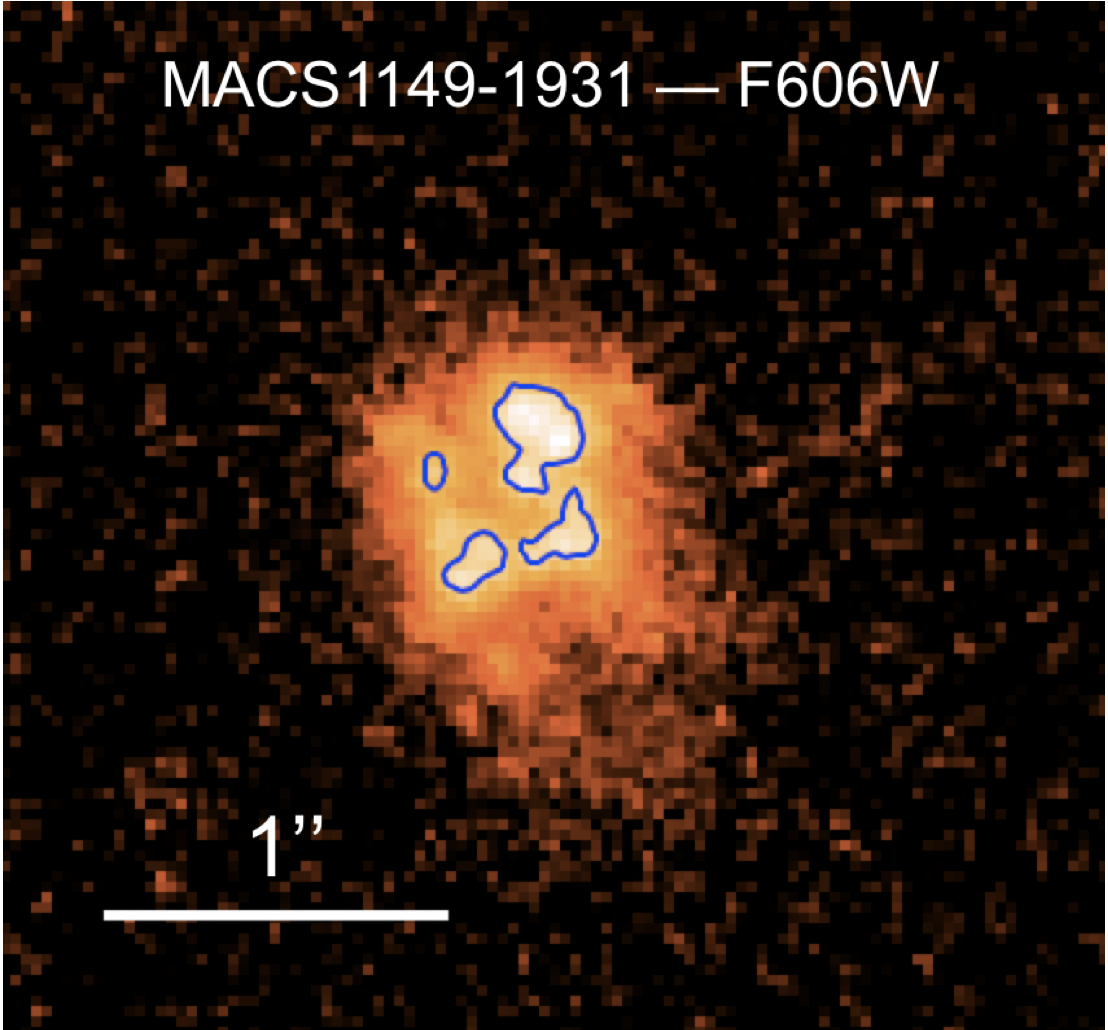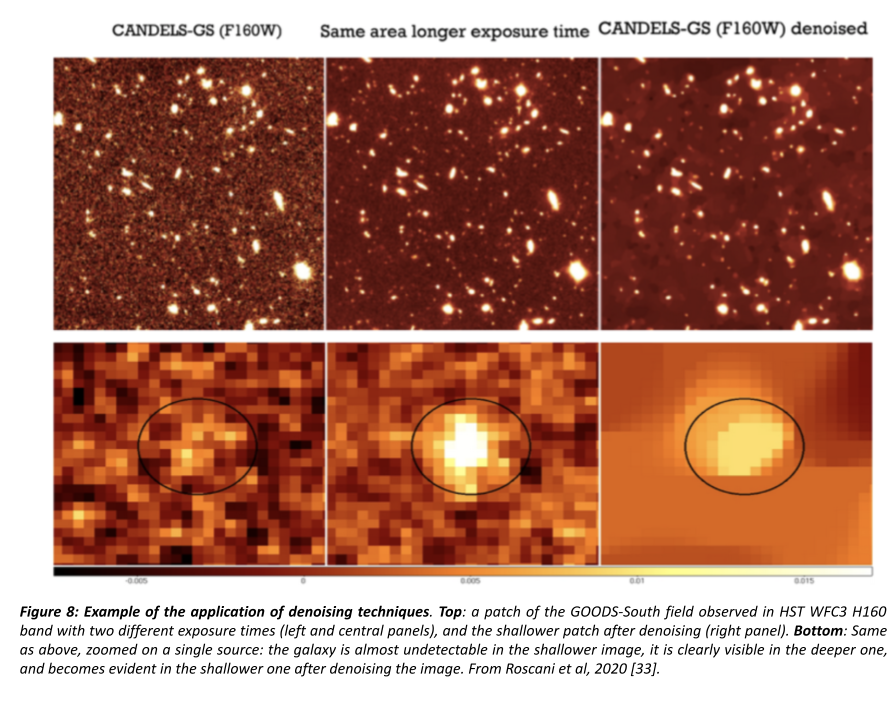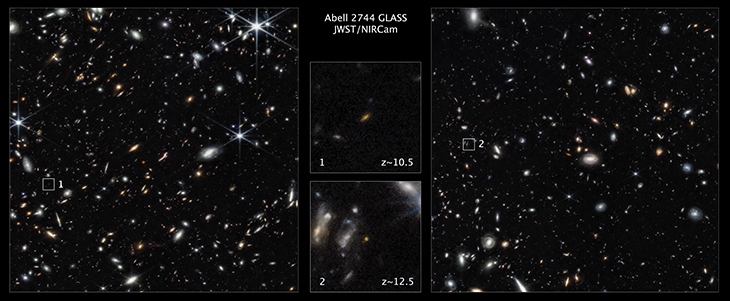
https://www.sexten-cfa.eu/event/ggeuix/
This workshop is a chance to discuss the nature and evolution of high redshift galaxies, from cosmic noon to re-ionization, as derived from a variety of observational evidence collected across the whole electromagnetic spectrum, and theoretical investigations.
In the tradition of the previous meetings we aim at bringing together members of the main extragalactic surveys and theorists to present their latest results and perspectives for the next future.
The workshop will be a chance to discuss the major questions on the ground, that will be address in specific sessions:
- What drove the apparently accelerated early evolution of galaxy UV luminosity and mass, especially prior to z~10?
- What was the primary early growth mechanism of supermassive black holes, and what is the role of the resulting active galactic nuclei (AGNs) in early galaxy evolution? Can we discriminate between different avenues for black hole formation and growth, and if not how can we in the future?
- What was the evolution of the inter-galactic medium (IGM), and how does the evolving IGM affect the observations?Are we able to track the interplay between the early evolvution of galaxies and the IGM in a meaningful and self-consistent way
- How did metals form in early galaxies, and what can we learn about galaxy formation from different abundance patterns
- How well can we establish metal abundances in the young Universe with existing data?
- How and when did dust form in early galaxies? How did it affect star formation, and how/when is it subsequently destroyed within, consumed by, or ejected from the evolving host galaxy?
- Which quenching mechanisms were most effective as a function of galaxy properties, environment, and cosmic epoch. What are the key signatures of quenching on the evolving galaxy population?
